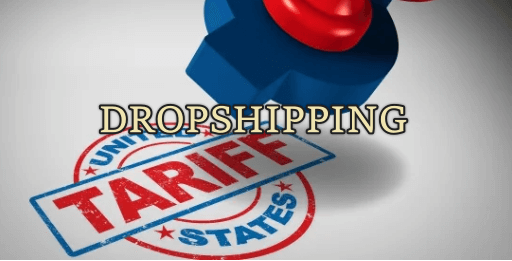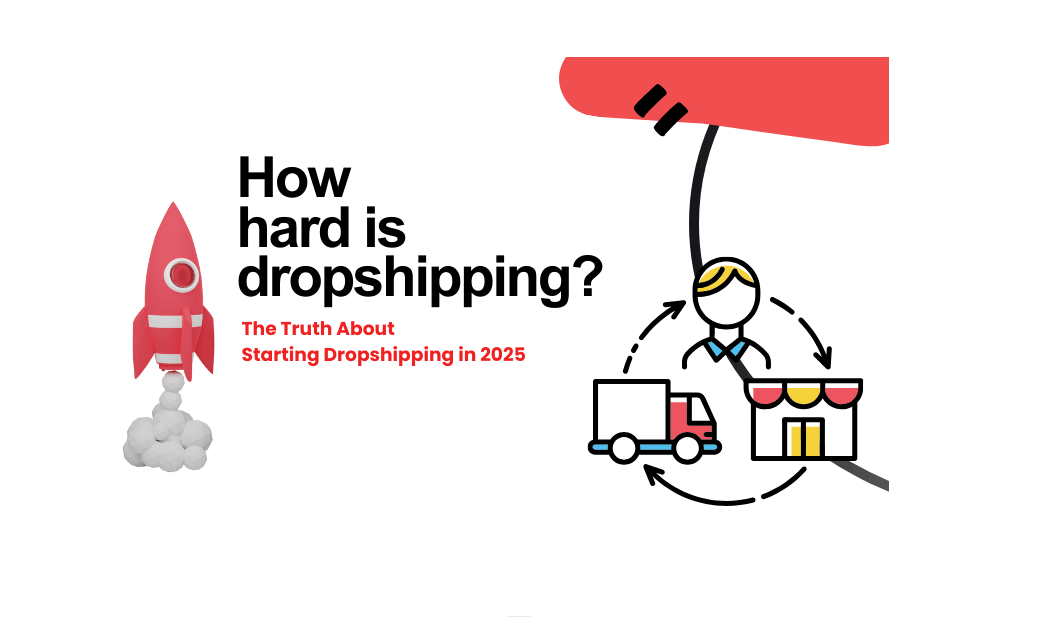Dropshipping—you’ve heard mixed opinions. Some say it’s their ticket to financial freedom. Others claim it’s been a waste of time and effort. This leaves you wondering if dropshipping is worth it or otherwise.
We’re here to clear things up. In this post, we’ll explore the ins and outs of dropshipping to help you decide whether it’s the right path for you.
What is Dropshipping?
Dropshipping is a business model where you let another company handle order fulfillment. You don’t touch the inventory at all.
You source products through a supplier and list them on your online store. When an order comes in, your supplier picks, packs, and ships the products to your customers.
This business model brings several advantages to those who pursue it. For example, dropshipping lets you:
- Avoid storage costs since you don’t need a warehouse.
- Save on inventory expenses by only paying for what you sell.
- Easily expand your product range without stocking new items.
- Focus on marketing and sales while your supplier handles logistics
However, it requires patience and hard work on your part. While dropshipping automates many aspects of eCommerce fulfillment, you still need to manage other areas of your business.
Is Dropshipping Worth It in 2024?
To decide whether dropshipping is worth it in 2024, let’s look at a few key statistics.
According to recent data, the global dropshipping market hit over $200 billion in 2023 and is expected to reach $435 billion by 2027. This growth implies that dropshipping is still a strong business model with lots of potential.
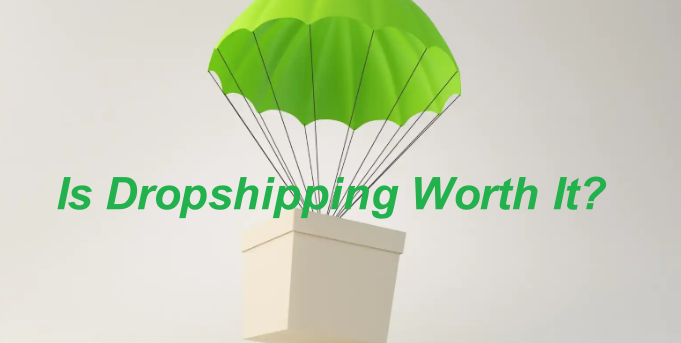
Profit margins in dropshipping are decent too. Industry benchmarks say dropshipping can earn around 15-20%. Some niches—like women’s clothing dropshipping—can have even higher margins.
Plus, the way people used to run this business is changing. Before, it was all about setting up a website and hoping for the best. Today, it’s about reaching customers through mobile screens and TikTok feeds. For aspiring entrepreneurs looking to engage a tech-savvy audience, this is an exciting development.
So, is dropshipping worth it in 2024? Yes, but it requires a different approach to succeed.
What Does Google Trends’ Data Reveal About Dropshipping?
Google Trends data also shows an upward trajectory for the term “dropshipping.” Since 2004, searches for dropshipping have been on the rise, with slight dips in between. Overall, this indicates a growing interest in dropshipping as a business model.
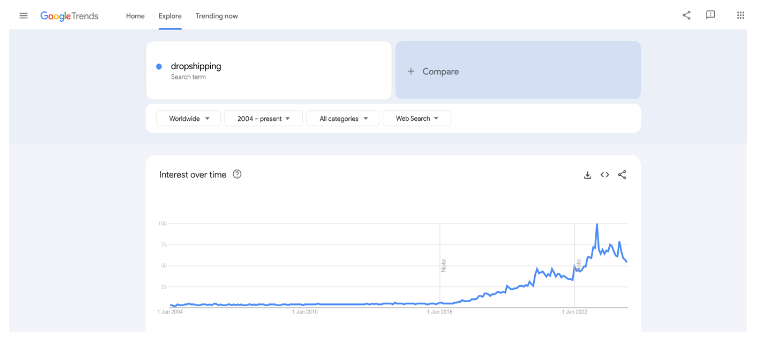
Opportunities and Challenges of Dropshipping 2024
In 2024, dropshipping offers exciting opportunities but also comes with its set of challenges. Understanding both will help you prepare and succeed in the business.
<1> Opportunities
1. New product segments
Dropshipping offers the opportunity to explore new product segments. Before, you had to stick with conventional items like makeup and women’s clothing. Now, you can venture into broader niches like creator equipment, RV accessories, and sustainable home goods. These areas attract specific audiences and offer fresh opportunities for your business.
2. Social commerce
Gone are the days of relying only on traditional e-commerce websites. Today, you can sell directly to customers via Instagram and TikTok. These platforms now come with integrated tools that make selling easy. Plus, they offer integrations that let you connect to your Shopify store—making sales a snap. Ready to turn those likes into buys?
3. Marketplace customers
Amazon and eBay aren’t just for big retailers. As a dropshipper, you too can leverage these platforms to reach a vast audience. Focus on branding and customer service to build trust and attract buyers.
4. Subscriptions
Another opportunity in dropshipping is offering subscription-based products. Instead of one-time sales, you can provide monthly or quarterly subscriptions for consumable products, like pet dropshipping suppliers or wellness items. This model ensures a steady income and builds long-term customer relationships.
5. Offline sales
Dropshippers can also sell their products at local events, pop-up shops, or physical stores, and have their vendors ship the items directly to customers. This way, you reach customers who prefer in-person shopping while still maintaining the dropshipping model.
<2> Challenges
1. Shipping complexities
Shipping can be a real headache in dropshipping. Despite many suppliers having global warehouses, logistics traffic and customs issues can complicate matters. The way to overcome these challenges is to optimize your shipping processes, choose reliable carriers, and provide transparent tracking information to customers.
2. Customer support challenges
Many dropshippers overlook this and end up with dissatisfied customers. Responding promptly to inquiries, handling returns smoothly, and resolving issues effectively are crucial. Otherwise, you’ll quickly earn a bad reputation and lose customers faster than you can say “refund.”
3. Maintaining brand consistency
Since dropshippers rely on third-party suppliers to fulfill orders, ensuring consistent branding can be difficult. Customers may receive products with different packaging or branding, leading to confusion and a lack of trust in your brand. The best practice is to work closely with suppliers to maintain consistent branding standards and provide clear communication to customers about any variations they encounter online.
E-commerce Platforms for Dropshipping
Now that you know that dropshipping still holds potential, let’s explore the different platforms you can use to start your e-commerce journey.
1. Shopify dropshipping
Shopify dropshipping is an attractive option for entrepreneurs seeking a low-cost way to start their own business.
With Shopify, you can easily set up and manage your store without the hassle of holding excess inventory. Instead, you’ll only order products as needed to fulfill customer orders, reducing upfront costs and minimizing risk.
One of the key benefits of dropshipping on Shopify is the simplicity of managing your inventory. With tools like Dropshipman, you can efficiently control your stock levels with just a few clicks.
Shopify sets you up with everything you need to sell worldwide. Plus, it offers integration with over 100 payment gateways, making transactions smooth and hassle-free.
2. Amazon dropshipping
Amazon dropshipping works in a different way than standard dropshipping. On Amazon, you must first register as a seller. Doing so gives you access to tools for setting up an Amazon store.
You can’t brand your store like you can with Shopify, but you can still choose and optimize it using visuals and product descriptions. Make sure both are high quality to attract more customers to your store.
The benefit of Amazon dropshipping is the huge existing audience. As soon as you list your products, you can expect to get orders from customers (provided you’ve optimized your price to avoid competition on the marketplace).
3. Woocommerce dropshipping
WooCommerce is a plugin that allows you to run an e-commerce store on top of WordPress—the platform that powers 43.3% of all websites.
WooCommerce supports dropshipping through the use of various extensions. You can find extensions to dropship products, accept payments, manage returns, and more.
However, these extensions might not be as robust as what you get with Shopify. This is because WooCommerce is more flexible but less integrated.
Plus, WooCommerce has its challenges. You need to purchase a domain and hosting, and WordPress hosting can be slow with limited bandwidth.
4. Tiktok dropshipping
TikTok dropshipping is another method to market and sell products. On TikTok, you can either promote your products through your dropshipping store or build a TikTok shop to sell directly on the platform.
TikTok has over 1 billion monthly users, meaning there are a lot of potential customers. Dropshippers can use hashtags like #TikTokMadeMeBuyIt to get in front of these users and drive sales.
But remember, TikTok users aren’t there to shop by default. So you need to create engaging content that naturally showcases your products. Also, make sure to use hashtags like #TikTokMadeMeBuyIt to get more exposure for your store.
5. Temu dropshipping
Temu is a popular online marketplace owned by PDD Holdings. It has over 100 million users in the US, Canada, the UK, and Germany. Temu dropshipping means using the platform to sell products or using Temu as your supplier.
You can dropship from Temu even though the platform doesn’t officially support it. You simply buy the product on Temu and have it shipped to your customer. However, the product will arrive in Temu’s orange packaging, which may make customers order directly from Temu next time.
That said, Temu remains a good platform to dropship with high web traffic and tools like exclusive discounts to attract customers.
Who is Suitable to Be A Dropshipper?
Typically, dropshipping suits people with marketing skills who want to run a store with minimal upfront investment. You don’t need to stock or handle products, so starting with just a laptop and internet is possible.
Dropshipping is also ideal for:
- Students. Students can benefit from dropshipping because it offers flexibility and requires little investment. They can manage a store around their class schedule and earn some extra income.
- Stay-at-Home moms. Stay-at-home moms find dropshipping appealing as it allows them to work from home. They can manage their store while taking care of their children, balancing both responsibilities.
- Working professionals. Working professionals can use dropshipping to earn extra income without quitting their jobs. It doesn’t need a lot of time, making it a perfect side hustle.
- Retirees. Retirees looking to stay active and earn money can enjoy dropshipping. It keeps them engaged and provides a way to supplement their retirement income.
- Entrepreneurs. Aspiring entrepreneurs who want to test business ideas with minimal risk can use dropshipping. It’s an easy way to start a business without large upfront costs.
What Factors Make Dropshipping Successful?
A successful dropshipping business has several key factors that contribute to its success. Look up any top dropshipping store, and you’ll find they have these elements in common:
1. High Store Traffic
High traffic is crucial for any dropshipping store. The more visitors you have, the higher the chances of making sales. Successful dropshippers use effective marketing strategies to drive consistent traffic to their store.
2. Winning Products
Winning products are items that are in high demand and have proven to sell well. Successful dropshipping requires you to sell these products through your store. Platforms like Dropshipman curate a selection of winning products you can use to get started.
3. Good Sourcing and Fulfillment
Good sourcing and fulfillment practices ensure that the products are of high quality and delivered on time. The key to achieving this is to work with suppliers who have good relationships with manufacturers and can source items efficiently.
4. Great After-Sales Service
Providing excellent after-sales service helps build customer loyalty. Addressing customer inquiries, handling returns efficiently, and offering support can turn one-time buyers into repeat customers.
5. Fast Shipping Speed
Fast shipping speed is a major factor in customer satisfaction. Partner with 3PL providers who know how to address the complexities around customs, traffic, etc. to improve shipping times.
How Much Does It Cost to Start Dropshipping?
The cost to start a dropshipping business can vary based on your choices and strategies. Ideally, it would cost between $150 to $200 to set up a basic store. This includes:
- Setting up a Shopify storefront (approximate cost: $39/month after a Free Trial)
- Purchasing a domain name (around $10/year)
- Using a Droshipman subscription (basic plan free, paid plan $9.90/month for better features)
You’ll also need to spend on social media ads, like Facebook, which can cost around $120 to reach 5,000-10,000 potential customers. This initial investment helps establish a functional online store and attract customers.
Conclusion
As you’ve learned, dropshipping is worth it if you approach it with the right knowledge. Spend less time on non-essentials and more on what makes a dropshipping business successful. With the right strategies, you should be able to get a good ROI from this business.
FAQs
Q1: Can you really make money from dropshipping?
Yes, you can make money from dropshipping. Success depends on product choice, marketing, and supplier reliability. If you manage to find a niche market and provide excellent customer service, you can generate profits.
Q2: Is dropshipping worth it for beginners?
Yes, dropshipping can be worth it for beginners, but only if you’re ready to learn fast and adapt. Many beginners fail because they don’t research products or understand their market. Instead of jumping in, start small, test different strategies, and focus on building a brand.
Q3: What is the success rate of dropshipping?
There are no official figures, but analysts estimate that about 10-20% of dropshipping businesses succeed. The issue isn’t with the dropshipping model but with how people see it. Many think it’s a get-rich-quick scheme and get started without proper research, and that becomes the cause of their failure.
Q4: How long until dropshipping is profitable?
Dropshipping isn’t an overnight success, despite what you might have heard. Generally, it can take between six to 12 months to see your first profit. During this period, you’ll understand what works and whether dropshipping is a viable long-term business for you.
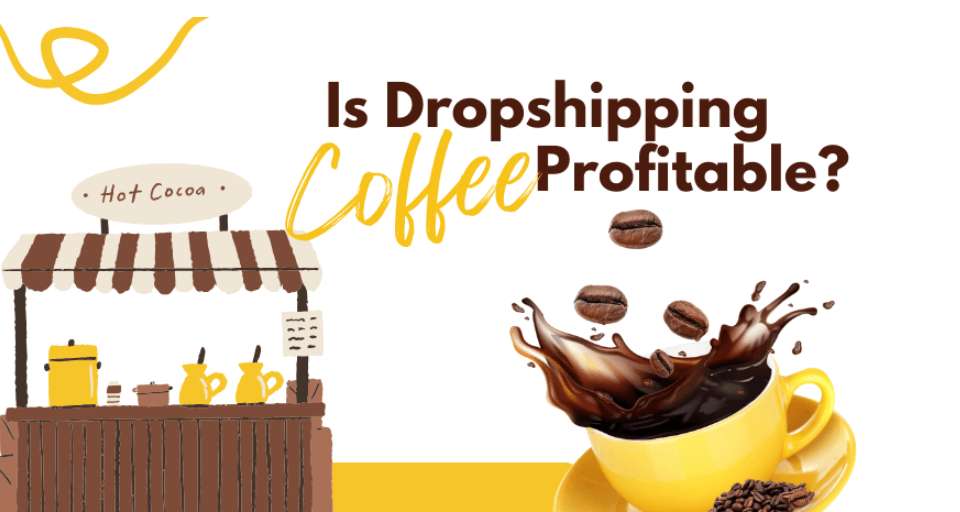
![Dropshipping General Store vs. Niche Store [2025 Data and Table]](https://www.dropshipman.com/wp-content/uploads/2025/03/general-vs-niche-store.png)
